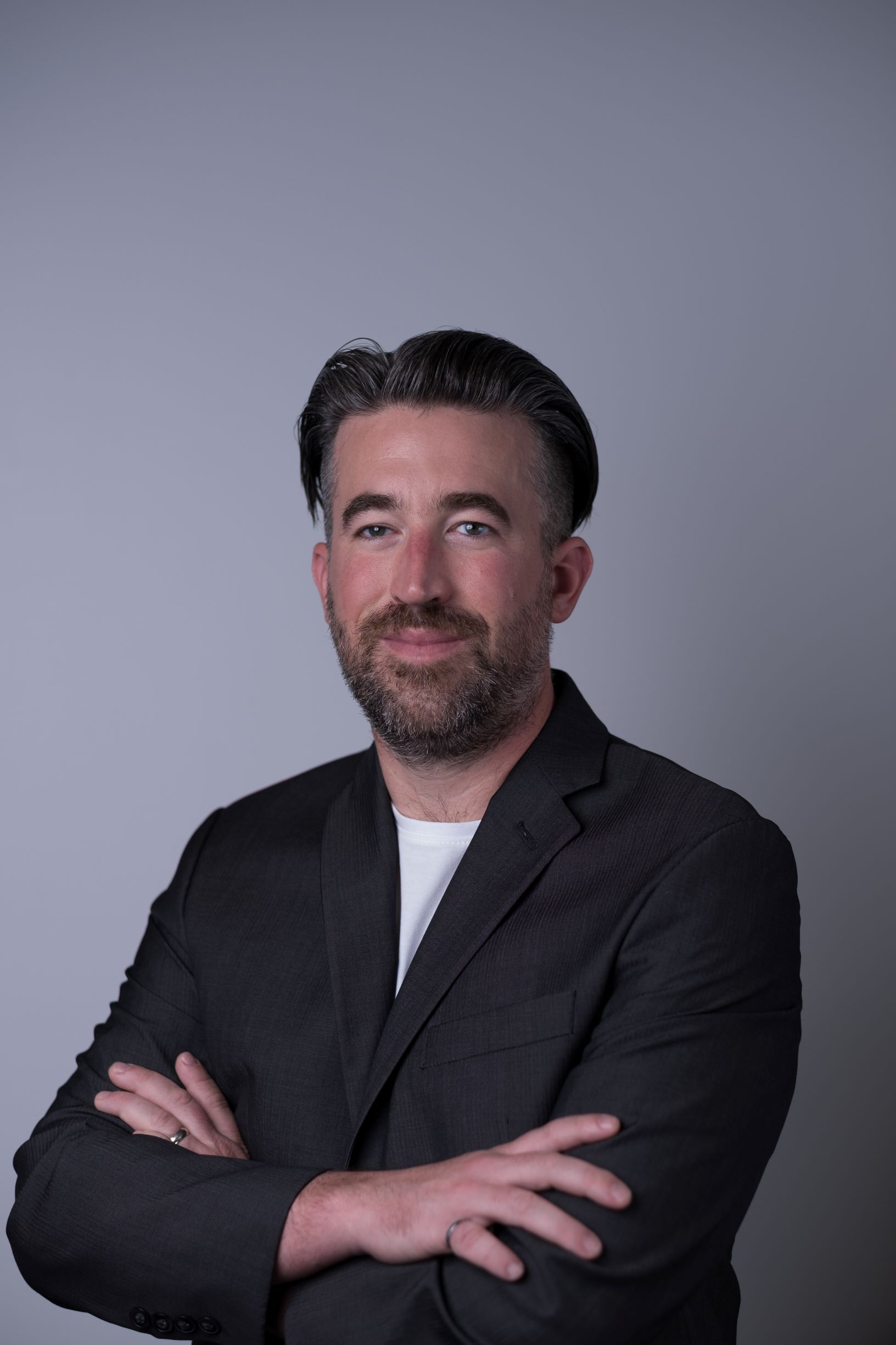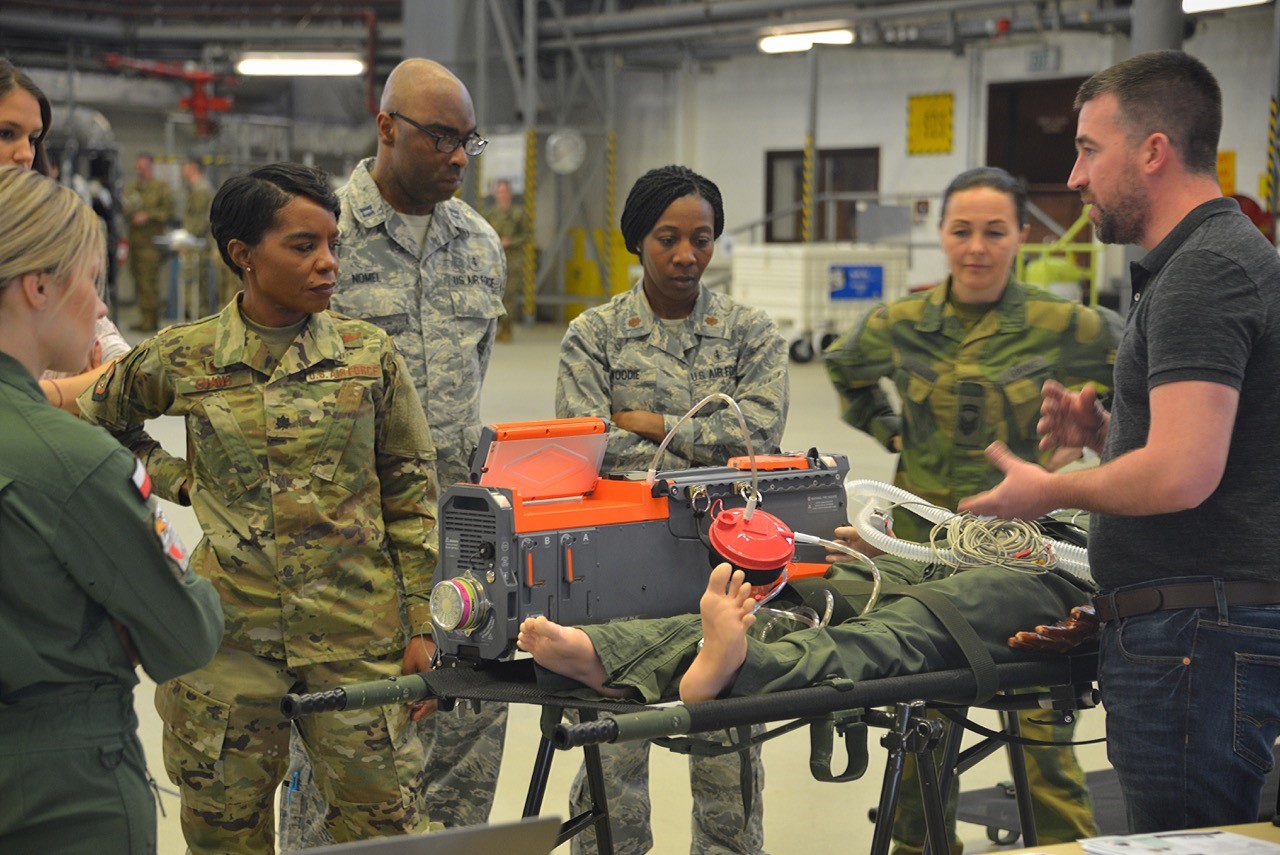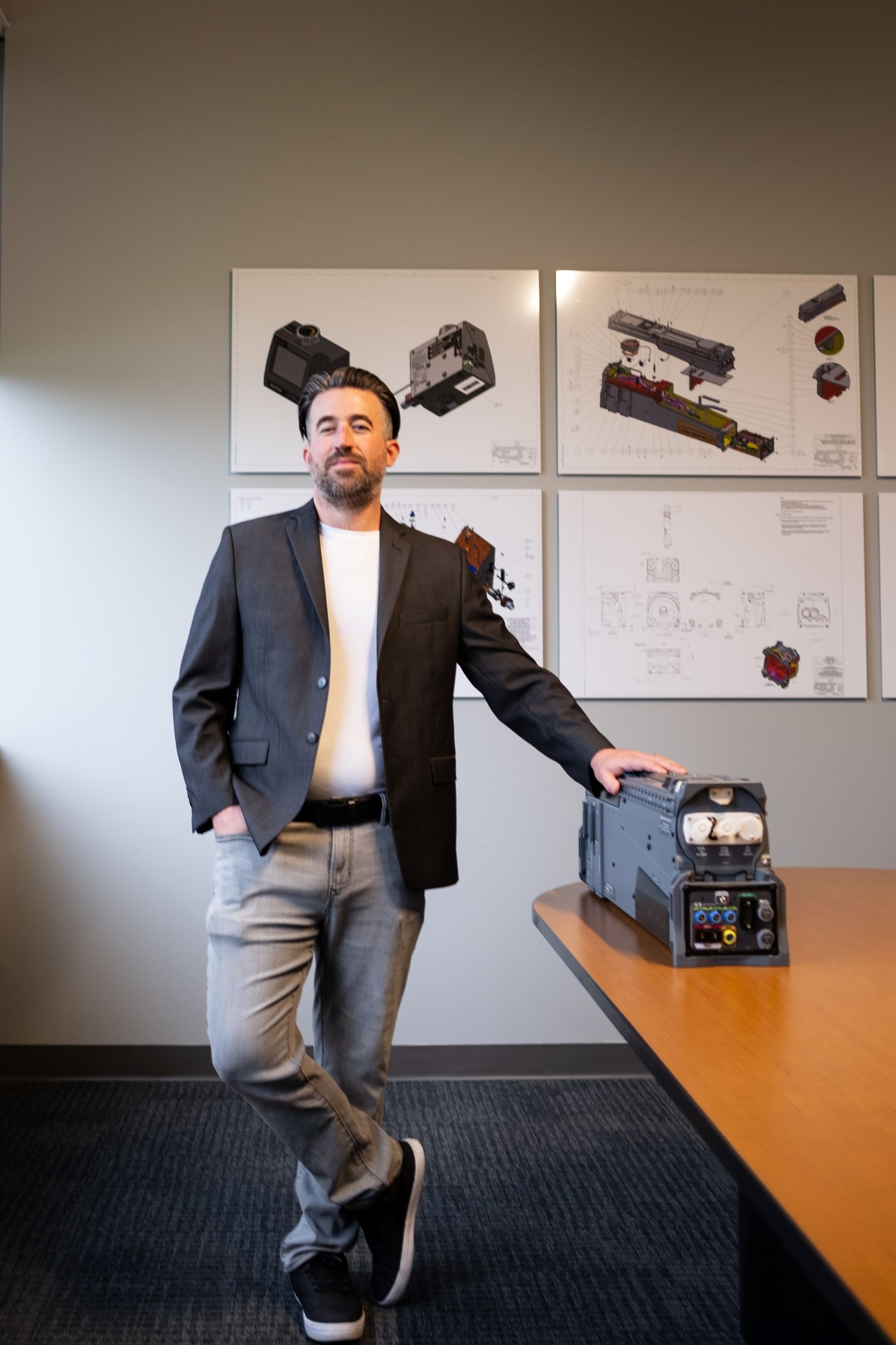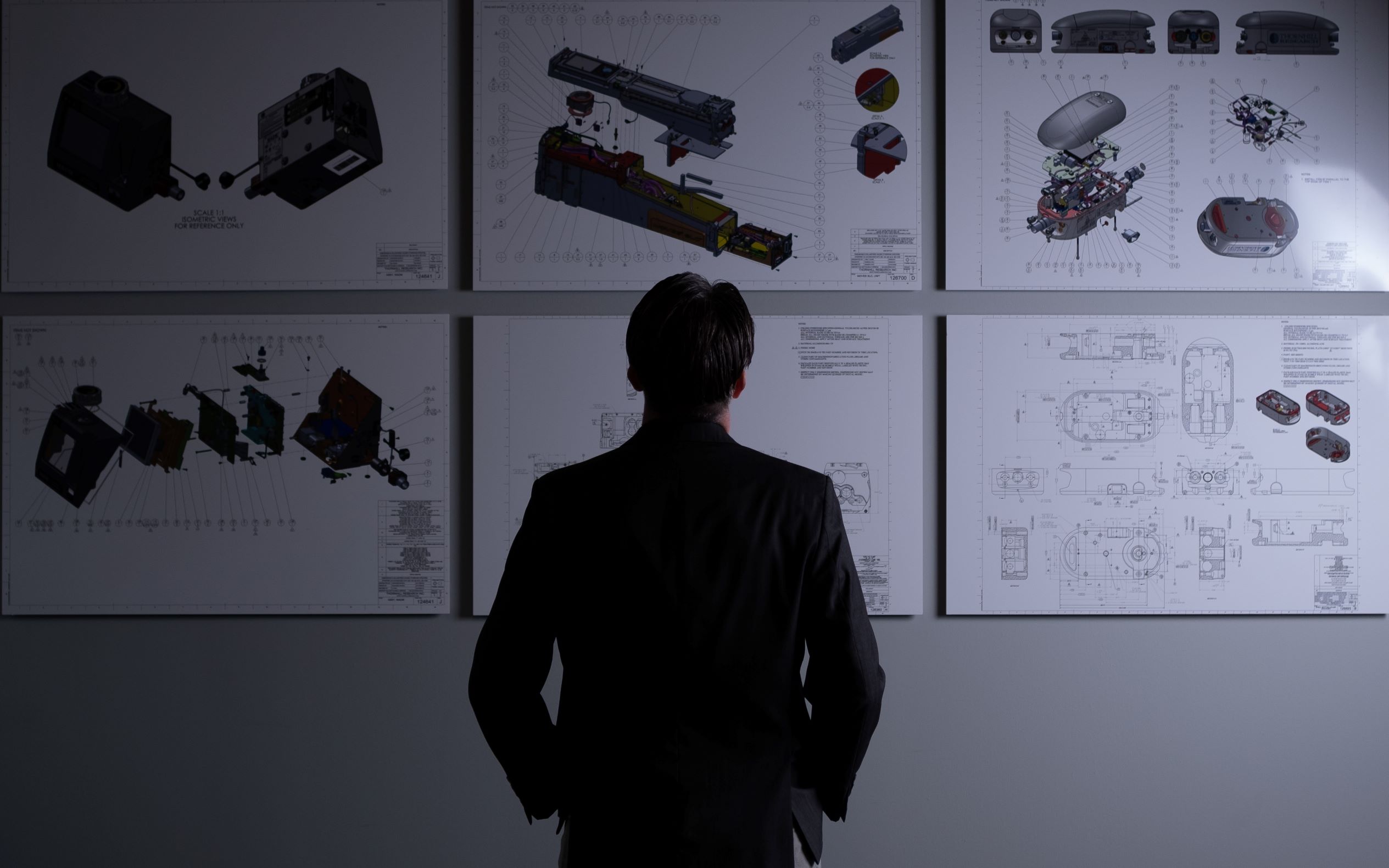Derek Watt completed his Master of Applied Science (MASc) degree in Biomedical Engineering in 2007. Now working as the Director of Commercial Products at Thornhill Medical, Derek is part of a team that designs, builds, and supplies a robust line of field-ready respiratory devices. Thornhill Medical’s products are specifically designed for military, field hospital, transport medical and first responder teams.

What do you do at Thornhill Medical?
Derek: In my role as Director of Commercial Products, I lead product development and improvement initiatives with an eye towards successful commercialization, with the customer as my primary focus. A major component of my work is what I call field engineering, where I have the opportunity to interact with clients to understand their use environments, getting feedback and information from patient clinical experiences, and bring this information back to our team to address their concerns in future iterations of our products. I routinely partner with and engage our engineering, sales, and marketing teams to ensure we are all aligned in meeting our customers’ needs.
What does Thornhill Medical specialize in?
Derek: Foundationally, our technological expertise is in respiratory physiology. Our products include a portable, integrated life support system (MOVES® SLC™), capable of ventilating and generating oxygen to provide on-site critical care. We also offer a mobile anesthesia delivery module (MADM™) for field gas anesthesia applications and a pneumatic rebreather system (ClearMate™) for accelerating the elimination of carbon monoxide from the bloodstream. We have a team of clinicians, researchers, and engineers that specialize in respiratory physiology, and that enables us to innovate and build unique devices that take advantage of that knowledge.
What is the product development cycle like for you? How do you and your team decide on what product to focus on?
Derek: It is all about identifying a need that is expressed by clinicians and end-users, whether in the civilian or military space. Before we bring anything to market, we want to understand how it will make a difference in people’s lives in a positive way. The next step is to bring in a complementary team that can provide different viewpoints, from technical engineering staff who can put the hardware together, to clinical researchers that address critical questions and concerns related to patient care. Then it brings us to prototyping and building physical models to validate their feasibility.
Post regulatory approval, long-term success and customer support require addressing parts provisioning, device maintainability, and developing plans for supporting the systems once they are fielded, for example through the development of curriculum for new equipment training.

A big part of the portfolio is your work with the United States and Canadian military. Where do your solutions factor into their operation?
Derek: The requirement for patient treatment in the military healthcare environment can be very different than that of the civilian bricks and mortar hospital. One of the priorities in a military setting is to treat individuals close to potential points of injury, which means being able to address casualties as quickly as possible to improve their chance of survival.
A specific concern of our military customers is to significantly reduce or eliminate the need to carry compressed medical oxygen. In a transport aircraft, you can imagine how dangerous that can be, especially in a combat zone. Compressed oxygen can be incredibly hazardous, and the portable ventilators the military typically use are extremely inefficient with respect to oxygen consumption.
Addressing this concern was the first project for Thornhill Medical; to develop an oxygen-efficient, portable, integrated life support system for the United States Marine Corps. Typical equipment sets consist of a variety of individual devices to sustain life, but our solution produces its own oxygen, does not require an external oxygen source due to its unique oxygen conserving ventilator, and can operate from battery power. The advantage is that the equipment can be taken further downrange, to get closer to the action and address casualties immediately.
The goal with our MOVES® SLC™ technology is to be adaptable to all situations, which I call being both environmentally and platform agnostic. Ideally, the system should be able to function in any condition, whether it is a hot, cold, or sandy environment, in the rain, or even within a helicopter. Supporting air transport requires specialized testing for airworthiness, and having equipment certified for this use is no easy feat. Ultimately, we want to build something that is rugged and robust to support use in all environments.
Part of the portfolio of your company have shifted to COVID-19 work. This is not surprising as the technology is best fitted for the current set of challenges. What kind of problems are you solving with your technology in relationship to COVID-19?
Derek: With COVID-19, we have seen surgical intensive care units that can overwhelm hospitals. If a hospital runs out of space, they may need to set up temporary field hospitals to accommodate patients, but then you run into infrastructure issues like the availability of power sources and high-pressure oxygen to keep the ventilators running. This is where Thornhill Medical and MOVES® SLC™ come in.
We are proud to have supported Canada’s fight against COVID-19. Thornhill Medical answered the call to support the fight against COVID-19, producing and delivering our MOVES® SLC™ devices to help save lives across the country.

Do you have a memorable experience where you have seen the technology in action? How did that change your perspective?
Derek: I have visited an active conflict zone in the past, and frequently talk to soldiers who provide medical support. In the military, there is always a sense of comradery, with the ultimate goal of keeping team members alive and bringing everyone home safe. I have heard stories where people did not have an on-site ventilator, requiring manual resuscitation via a bag-valve mask for 4-5 hours to sustain life. That really spoke to me and made me realize what kind of difference our devices are making.
What are some of the challenges you are facing with the technology deployment?
Derek: Part of our goal, aside from building the equipment and making sure it is safe to use, is to train healthcare professionals so they have the technical know-how to utilize our devices effectively.
Everyone has a different expectation when it comes to device usage, so the buttons and interfaces on the device must be intuitive to the user. Aside from establishing training modules, we are also building devices with usability in mind, so healthcare professionals can readily use them.
Looking forward, Thornhill Medical will be working with a team of like-minded developers to examine the remote control of medical devices, using MOVES® SLC™ as the platform for this initiative. Enabling remote providers to safely control MOVES® SLC™ locally has the promise to augment the bedside team with the expertise they might not otherwise have.

You graduated from Biomedical Engineering with a Master of Applied Science in 2007, and now you have been with Thornhill Medical for >13 years. How does someone who graduates with an engineering graduate degree get to where you are now?
Derek: In a general sense, coming out of school with an engineering degree, whether it is software, mechanical, electrical and so forth, your first roles are commonly technically focused. In time, that slowly expands into leadership and managerial positions involving a lot of people-people interactions, like what I am doing now.
I completed my undergraduate degree in mechanical engineering, and a graduate degree in biomedical engineering. For me, the undergraduate education gave me a core knowledge base of engineering concepts. Graduate school allowed me the opportunity to apply those engineering concepts in a biomedical engineering context, looking at real problems and working to find solutions. Working in a laboratory group environment exposed me to working as part of a large and diverse team, people with different strengths and backgrounds. That has a lot of similarities to what I am doing on a day-to-day basis right now.
The great thing about my work is that the need for technical skills never really goes away. Even though a big part of my role is to talk to people, having that supporting technical knowledge is a huge advantage.
What does the future hold for Thornhill Medical?
Derek: Thornhill Medical originated through the ability to translate our knowledge of respiratory physiology into real-world applications, for example in addressing medical oxygen availability in austere environments. Forward-looking advancements include an investigational device capable of regulating human blood gas levels of oxygen and carbon dioxide non-invasively, as well as further developing and enhancing our existing technologies in support of our military customers.


